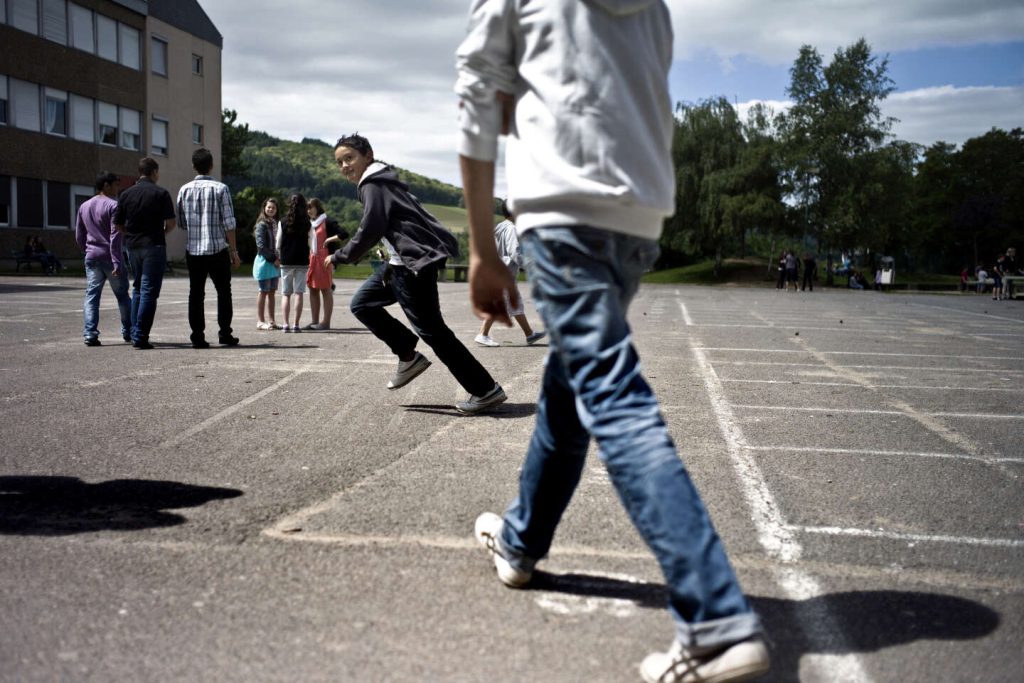The Olympic games have highlighted sports personalities, many of whom come from working-class neighborhoods. However, it is in these neighborhoods that young people participate in sports the least. This elite sports group is masking a slow decline in sports participation. From this paradox, a political and educational ambition should emerge to reignite the interest of these young people in sports. Various solutions can be considered. The most unrealistic one is based on the idea that these athletes are role models and that young people simply need to identify with them to follow the same path. However, a model is not imposed; it becomes an ideal based on the perceived proximity between the observer and the person being shown. The process of identification is not decreed; it is the result of each individual’s imagination.
Another solution focuses on highlighting the instrumental aspects of sports participation. By approaching young people who do not engage in sports and extolling its benefits, such as health improvement, increased self-confidence, and the opportunity to make friends, the hope is to persuade them to take up sports. However, relying on abstract motivational factors has only a limited impact in the long term. To sustain sports participation, individuals must be able to experience its expressive dimensions. Sports participation is not solely about competition; it can also involve overcoming challenges related to one’s environment or personal limits. By introducing individuals to various types of sporting challenges such as opposition, overcoming obstacles, and surpassing oneself, they can choose the type that best suits them and incorporate it into their daily routine, thus reaping health, psychological, and social benefits.
Yet another approach suggests that promoting sports is crucial for its development. To encourage sports participation, access to sports must be facilitated. Research indicates that the sports participation rate among young people would not be as low if there was not a significant drop-off during their middle school years. More than 85% of young people have engaged in sports, but one in two girls and one in three boys drop out. Therefore, the focus should not only be on creating links but also on preventing them from being broken. Instead of solely focusing on enabling access to sports, the emphasis should be on sustaining sports participation over time. The actions to be taken should not only be centered on initiating sports participation but also on maintaining this activity in the long term.
In conclusion, the challenges faced by young people in engaging in sports participation require a multi-faceted approach. Rather than relying solely on sports personalities as role models or promoting the instrumental benefits of sports, efforts should be directed towards providing meaningful and varied sporting challenges to individuals to sustain their interest over time. Additionally, making sports more accessible and preventing drop-offs during critical stages such as middle school is essential. By focusing on both initiation and the continuity of sports participation, policies and initiatives can be more effective in addressing the decline in sports engagement among young people, particularly those from working-class neighborhoods. Ultimately, a comprehensive strategy that combines various approaches is needed to reinvigorate sports participation among youth and ensure their continued involvement in sports activities.


